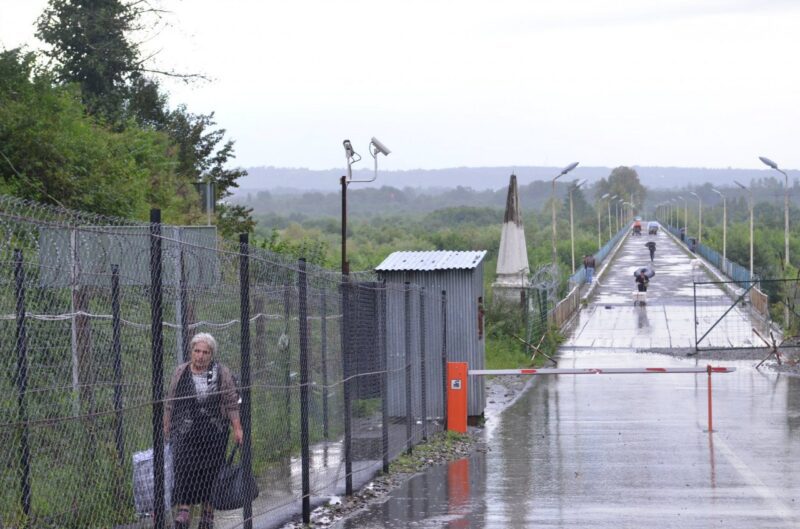
Mikel J.H. Venhovens, an early career researcher at the Eur-Asian Border Lab, recently published the article “De facto standstill: Ruination and deterioration in the Abkhazian borderlands”. It is available from the SageJournals website here: https://journals.sagepub.com/doi/10.1177/23996544241229920
Abstract
This article explores the ruination of homes and infrastructure in the Gal(i) district of the contemporary de-facto state of Abkhazia. After the 1992–1993 conflict, over 200,000 ethnic Georgians were forcefully displaced, making the roughly 40,000 ethnic Georgians who stayed behind as an unwanted minority. Like the demographics, the landscape changed significantly. The homes became ruins, and the infrastructure fell apart. Since the recognition of Abkhazia by the Russian Federation in 2008, there has been significant rebuilding in Abkhazia, but the Gal(i) district has often been left out of this process. This article argues, that within the context of the concept of de facto-ness, the process of ruination in the Gal(i) district is a material demonstration of the post-conflict Abkhazian social hierarchy and a result of the political reality, and not simply decay over time. It argues that the material environment in the Gal(i) district is a tangible spectacle of the uncertainty that comes with being a post-conflict de facto state, and furthermore illustrates the socio-political situation of the Gal(i) population within the de facto Republic of Abkhazia.